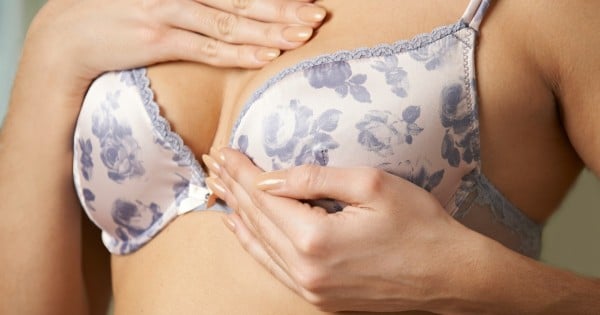By Kara Britt, Monash University; Honor Joy Hugo, Queensland University of Technology; Jennifer Stone, University of Western Australia; John Hopper, University of Melbourne; Pallave Dasari, University of Adelaide; Rik Thompson, Queensland University of Technology, and Wendy Ingman, University of Adelaide
Women with higher breast density for their age are more likely to develop breast cancer. High breast density also makes it harder for doctors to detect breast cancer on a mammogram. But Australian women are not routinely tested for and told about their level of breast density when they undergo a mammogram.
A woman’s breasts are made up of dense breast tissue and fatty breast tissue. Almost 8% of women aged between 40 and 74 years have extremely high breast density. This means they have more connective tissue and less fat surrounding their glands.
Breast density can’t be determined just from looking at or physically examining the breasts; it’s measured from a mammogram, an X-ray of the breast. Breast density appears white or bright, while non-dense breast tissue appears dark.






























































































